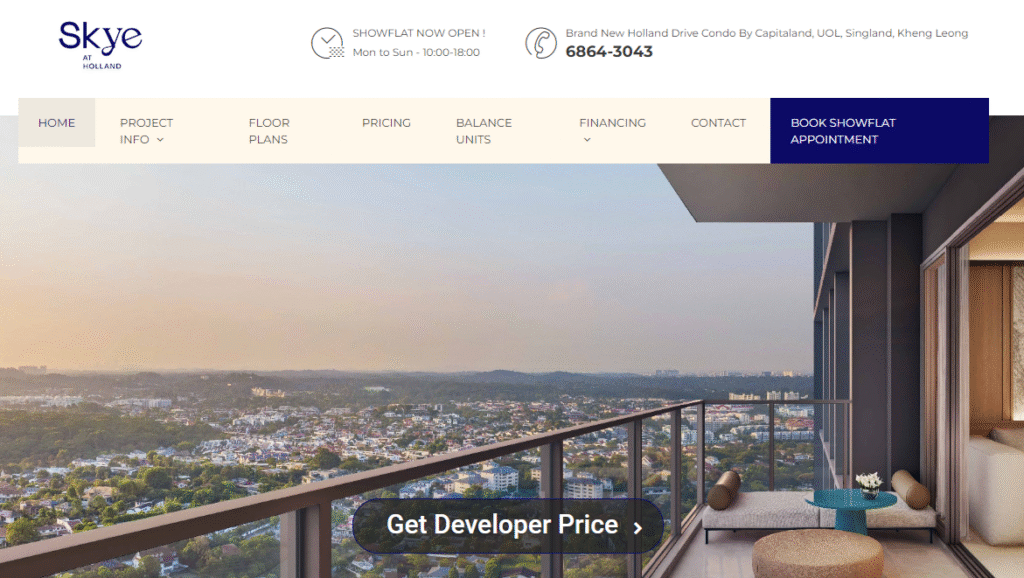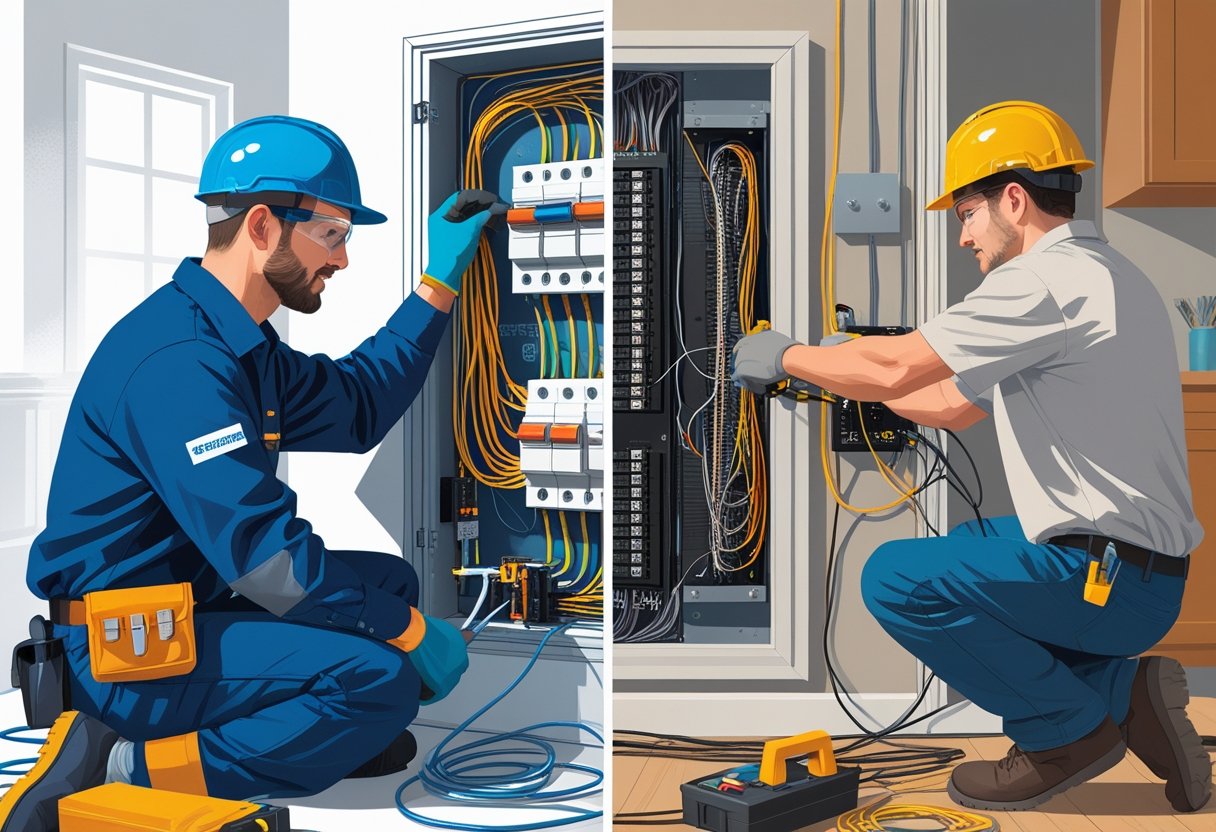
When it comes to choosing fencing for your property, style, durability, and maintenance often take center stage. However, in today’s environmentally conscious world, eco-friendly benefits have become just as important. One option that checks all these boxes is the PVC fence. Short for polyvinyl chloride, PVC fencing has gained popularity for its durability, low maintenance, and—most importantly—its environmental advantages.
From reducing waste to minimizing harmful chemical use, a PVC fence offers sustainable benefits that traditional wood or metal fencing simply can’t match.
1. Long Lifespan Means Less Waste
One of the biggest eco-friendly advantages of a PVC fence is its impressive lifespan. Unlike wood fences that may rot, warp, or need replacement every 5–10 years, PVC fences can last decades without significant wear and tear. This durability means fewer resources are used over time to replace damaged or aging materials. The result? Less landfill waste, fewer manufacturing emissions, and reduced demand for raw materials.
PVC fencing is resistant to moisture, pests, and UV rays, which significantly extends its usable life. This long-term performance translates into a more sustainable investment for environmentally conscious homeowners.
2. Low Maintenance Reduces Harmful Chemicals
Traditional wood fencing requires regular painting, staining, or sealing to keep it looking good and protected from the elements. Unfortunately, many of these products contain volatile organic compounds (VOCs) that can harm the environment and human health.
A PVC fence, on the other hand, doesn’t require any chemical treatments to maintain its appearance or structural integrity. Cleaning it is as simple as rinsing with water or using mild soap, which reduces the release of harmful substances into the air and soil. This low-maintenance approach not only saves time and money but also minimizes your environmental footprint.
3. Recyclable and Reusable Materials
Many modern PVC fence products are made with recyclable materials, and at the end of their lifespan, they can be recycled again. This is a major step toward creating a circular economy, where products are reused rather than discarded. Manufacturers can repurpose old PVC into new fencing, pipes, or other building materials, reducing the need for virgin resources.
This recyclability helps keep plastic waste out of landfills and reduces the environmental burden of manufacturing entirely new products from raw materials.
4. Energy Efficiency in Production
While manufacturing any building material uses energy, PVC production is relatively efficient compared to certain alternatives. Producing wood fencing requires logging, milling, and often chemical treatments, while metal fencing involves intensive mining and smelting processes.
PVC manufacturing uses less energy overall and generates fewer carbon emissions per unit of product. Additionally, many manufacturers now use more sustainable practices, including cleaner production methods and recycled PVC content. This makes the overall environmental impact of a PVC fence much lower than many people expect.
5. Water Conservation Benefits
Since PVC fences don’t rot, they don’t require frequent repainting or sealing, which eliminates the need for repeated washing and surface preparation. Wood fences often need pressure washing before reapplication of finishes, using large amounts of water. By contrast, PVC’s easy-clean surface can be maintained with minimal water, making it an eco-friendly choice in regions where water conservation is critical.
6. Preventing Deforestation
Choosing a PVC fence over wood directly helps reduce the demand for timber. Global deforestation remains a serious environmental issue, with forests being cleared for lumber, agriculture, and other uses. Opting for PVC means fewer trees are cut down, preserving habitats for wildlife and maintaining the planet’s natural carbon-absorbing resources.
Even though wood can be renewable, the rate at which trees are harvested often outpaces reforestation efforts. PVC offers a long-lasting alternative that lessens this environmental pressure.
7. Non-Toxic and Safe for Soil
PVC is an inert material, meaning it does not leach harmful chemicals into the ground over time. This is especially important if you have a garden, play area, or pets near your fence. Certain wood fences treated with preservatives can release harmful substances into the surrounding soil, affecting plants, groundwater, and local ecosystems. A PVC fence eliminates this risk, ensuring a safer outdoor environment.
8. A Smart Choice for Sustainable Living
With its combination of durability, recyclability, and low environmental impact during maintenance, a PVC fence aligns perfectly with the values of sustainable living. It’s a product designed to stand the test of time, reducing waste and resource consumption while still offering an attractive and functional boundary for your property.
While no material is entirely impact-free, PVC fencing offers significant environmental advantages over many traditional options. Its long service life, recyclability, and chemical-free upkeep make it a wise choice for homeowners who want to balance functionality, style, and sustainability.
Conclusion
In conclusion, investing in a PVC fence isn’t just a decision about aesthetics and security—it’s also a choice that supports environmental responsibility. By reducing waste, eliminating harmful chemical treatments, conserving water, and avoiding deforestation, PVC fencing provides a greener path forward. Whether you’re upgrading your current fence or starting fresh, consider PVC not just for its beauty and strength, but for its lasting eco-friendly benefits.




More Stories
Lifestyle and Entertainment Options Near Zyon Grand
Mongolian Sheepskin: The Ultimate Luxury Texture for Contemporary Interiors
Architectural Elegance Meets Modern Living – The Design Brilliance of Skye at Holland